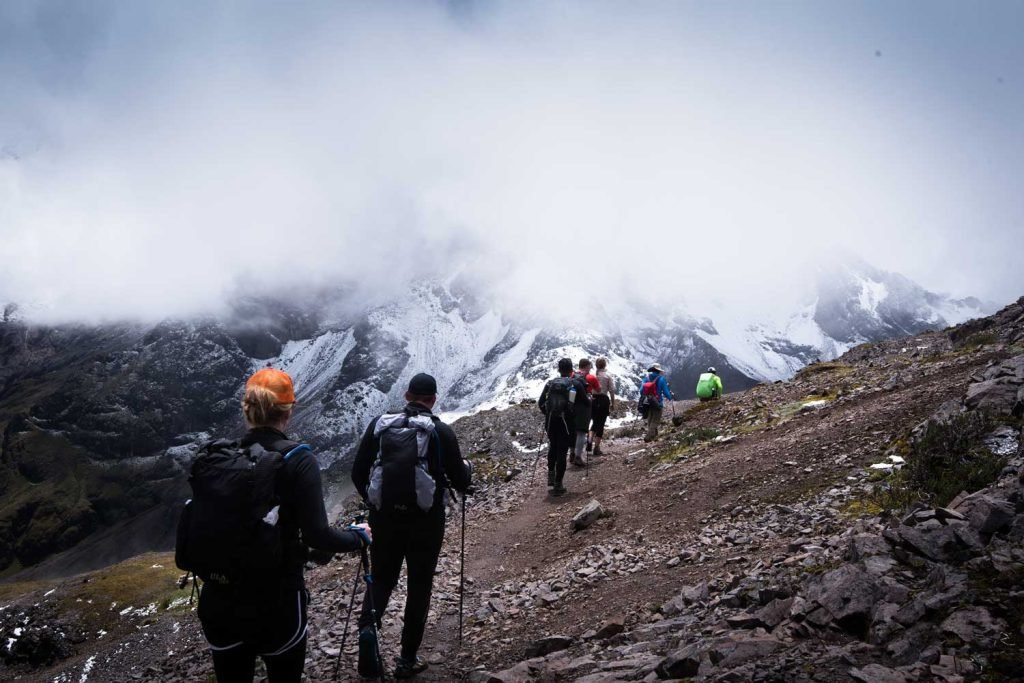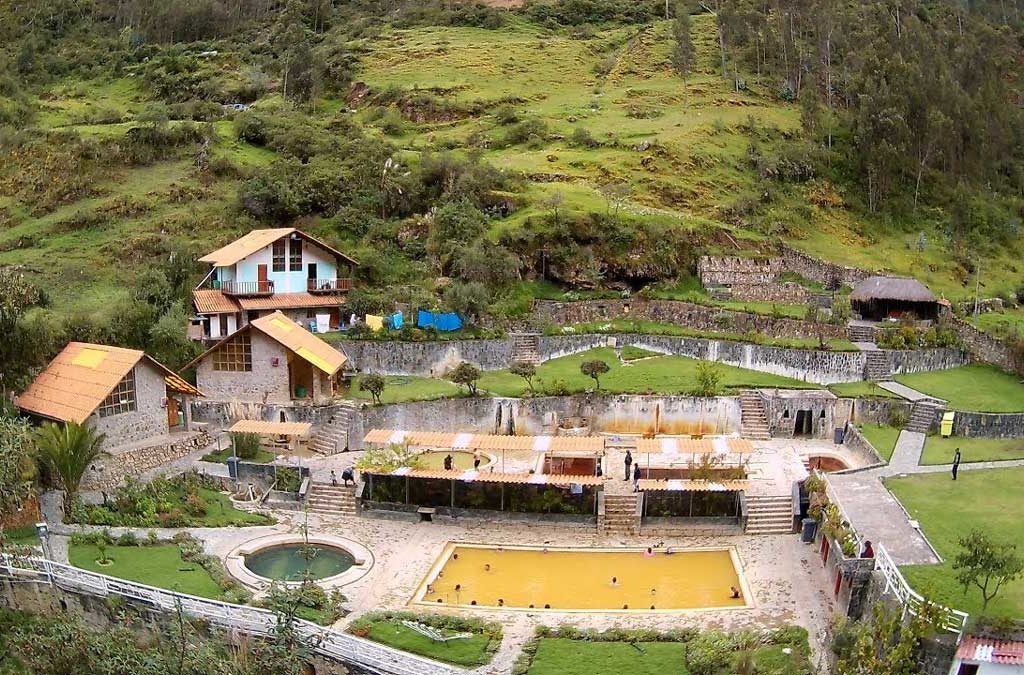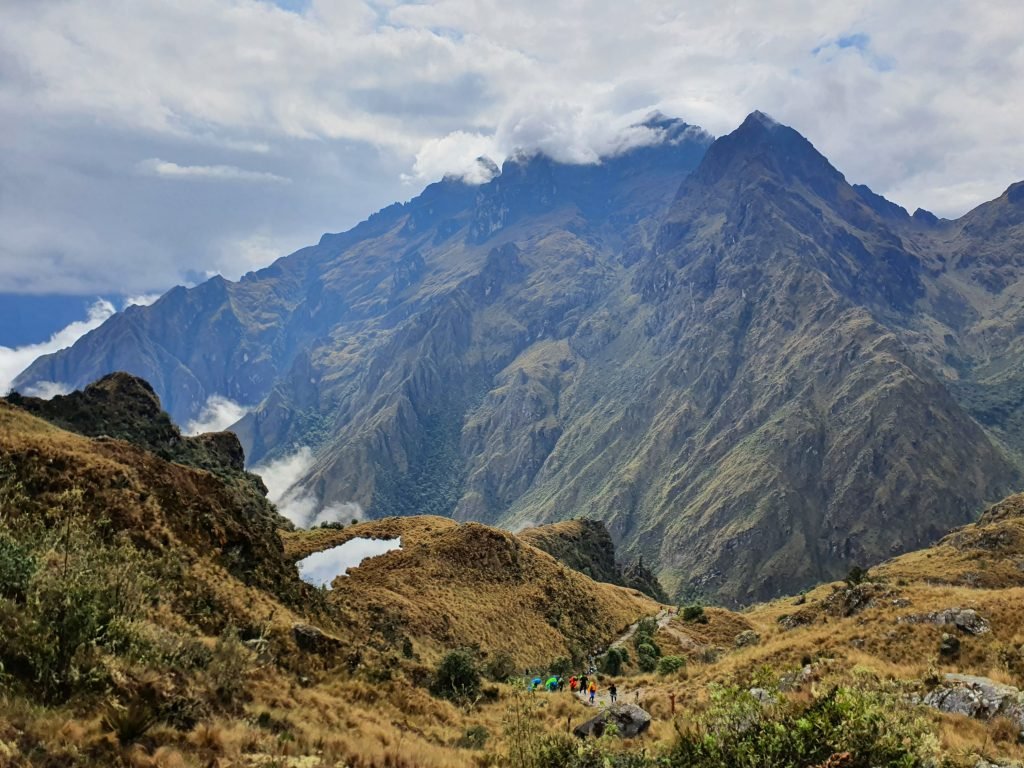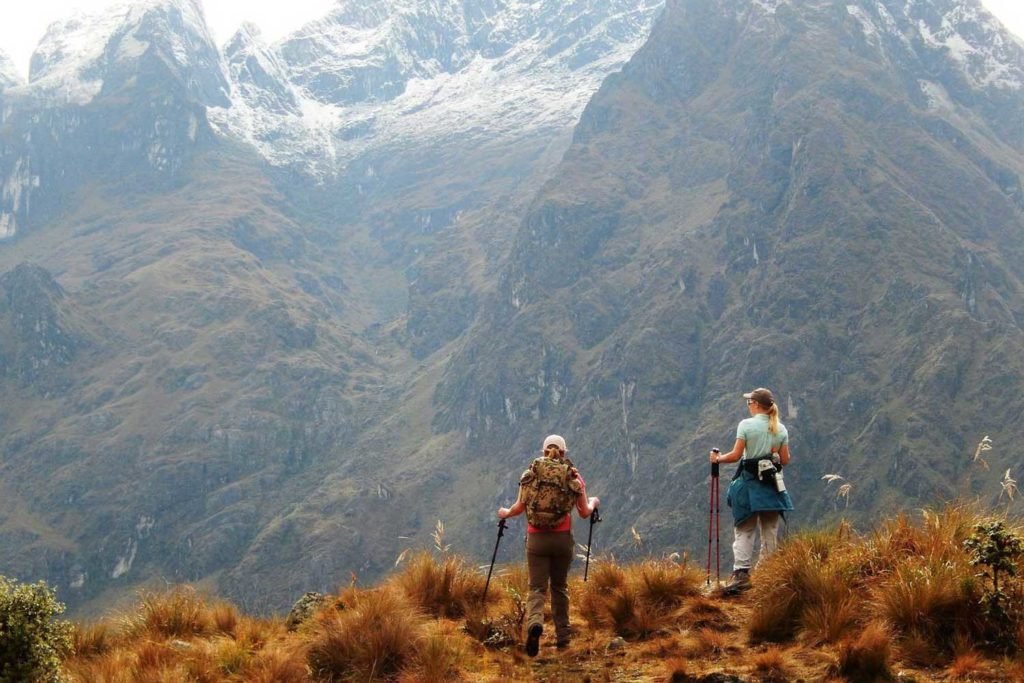In the search for unique experiences to Machu Picchu, the Lares Trek stands as a fascinating alternative, less traveled but equally impressive. We will explore this hidden gem in depth, revealing all the details you need to embark on this unforgettable journey.
Lares: Location and Altitude at a Glance

Where is Lares located?
Lares is located in the majestic Andes Mountains in southern Peru, in the province of Calca, Cusco.
How high is it?
Located at 3,150 meters above sea level (m.a.s.l.), Lares welcomes you with captivating landscapes and a unique atmosphere.
Climate in Lares: A Game of Temperatures
The climate in Lares is as diverse as its geography. With average temperatures of 11ºC during the day and dips to 1ºC at night, you will experience the cold embrace of the mountains. Be prepared for a temperate climate with hints of nighttime coolness.
How to Get to Lares: A Journey from Cusco
Distant 149 kilometers from Cusco, access to Lares is via a scenic drive that winds through the charming towns of Pisac and Calca in the Sacred Valley of the Incas.
Discovering Lares: Tourist Attractions that Leave Their Mark

Lares is not only the starting point for the Lares Trek, but is also home to such treasures as the thermo-medicinal baths, the Mantto waterfalls, and the trekking route to Machu Picchu.
Lares Trek: More than a Route, a Cultural Adventure
What is the Lares Trek? This 4-day, 3-night trek offers a unique experience, crossing Andean landscapes inhabited by Quechua communities. Also known as the Weavers’ Circuit, you will immerse yourself in the ancestral technique of spinning in the native villages.
Day by Day Itinerary: An Immersion in Andean Nature and Culture
Day 1: Cusco – Lares – Wacahuasi
- Transfer by bus from Cusco to Lares.
- Thermo-medicinal baths in Lares.
- Beginning of the hike to the village of Wacahuasi.
Day 2: Wacahuasi – Ipsaycocha – Patacancha
- Hike to the Ipsaycocha lagoon.
- Continuation through Quechua villages to Patacancha.
Day 3: Patacancha – Willoq – Ollantaytambo
- Hike to the traditional village of Willoq.
- Drive to Ollantaytambo, exploring archaeological remains.
- Travel by train to Aguas Calientes.
Day 4: Aguas Calientes – Machu Picchu – Cusco
- Travel by bus to Machu Picchu.
- Guided tour of the Inca City.
- Return by bus and train to Cusco.
Lares Trek Landscape: Between Snowy Mountains and Quechua Villages
With up to 3 different routes, the best known crosses Patacancha, but there are also options through Yanahuara and Huaran. An amalgam of imposing mountains and living culture will accompany you on this journey.
Practical Tips for your trip to Lares Trek

Hiring the Tour:
- The most common way is through the internet, although local agencies in Cusco’s Historic Center also offer options. Unlike the Inca Trail, you do not need to book far in advance.
Approximate Tour Costs:
Prices vary according to the agency and the quality of the service. Here is an approximate guide:
- 2 visitors: $575 (shared tour) / $625 (private tour).
- 3 visitors: $545 – $595
- 4 visitors: $505 – $555
- 5 visitors: $480 – $530
- 6 visitors: $470 – $520
What does the Lares Trek include?
Each tour varies, but generally speaking, you can expect:
- Transportation by bus and train.
- Tour guide.
- Camping and meals.
- Entrance fee to Machu Picchu.
Challenging Heights and Myths: The Reality of the Lares Trek

With a medium difficulty, the Lares Trek offers a less demanding trek than other routes. The biggest challenge lies in the altitude, so good acclimatization in Cusco is essential.
Best Time to Travel:
The dry season, from April to October, offers clear skies and roads in optimal conditions, minimizing the possibility of rain.
Combat altitude sickness:
Acclimatizing in Cusco beforehand and consuming mate de coca or pills against soroche are effective strategies.
Exploring on your own:
Although possible, it is recommended to understand the route, as the roads are not well marked. A good map and basic knowledge of Quechua will facilitate your journey.
Essential Preparations: What You Should Bring
In addition to the basic gear provided by the agencies, do not forget:
- Sleeping bag.
- Trekking poles.
- Adequate clothing for climatic variations.
- Sun block.
- Hiking shoes.
- Personal items and extra money.
Recommendations
The Lares Trek is not only a physical adventure, but also a cultural one. We recommend:
- Acclimatize in Cusco.
- It is not necessary to be in top shape, but some exercise beforehand helps.
- Explore local traditions and handicrafts along the way.
In conclusion, the Lares Trek is the gateway to an authentic experience in the Andes, where breathtaking nature intertwines with rich Quechua cultural heritage. Get ready for a trek that exceeds expectations and leaves a lasting impression!





